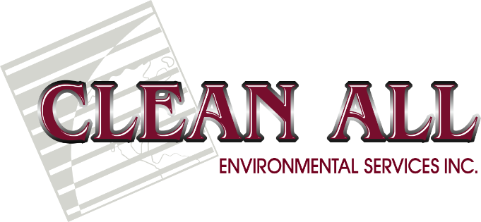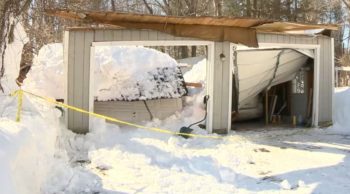5 Quick Steps to Take If a Winter Storm Damages Your Property
Your safety and well-being may be in danger during a winter storm due to the snow, ice, freezing temperatures, and severe winds. Additionally, it may damage your home’s pipes, walls, roof, siding, and other exterior and interior structural components.
After a storm, it’s crucial to move promptly to assess the dangers and limit any damage. When a significant snowfall has passed, be prepared to tackle storm damage. Whether you are now dealing with storm damage or wish to take precautions for the future, it is crucial to have this skill.
Common Emergencies or Disasters During a Snowstorm
Depending on the storm’s severity, a winter storm can have various impacts. Let’s first examine the most typical sorts of storm damage before learning how to repair it:
- Leaks: Strong winds may push debris into your gutter, clogging it and allowing water to flow into your property. Snowmelt may potentially seep into your basement.
- Flooding: During cold snaps, pipes may rupture, causing flooding and water damage. Freezing temperatures can potentially stop the sump pump, which can drive water back into your home.
- Flames: During a strong winter storm, unattended fireplaces and heating equipment plugged into overloaded outlets are two major sources of fires.
How to Fix Storm Damage Immediately
It’s time to be prepared for winter storms now that you know the types of harm they might do. Here’s how to deal with storm damage in your house or place of business:
1. Keep Calm and Ensure Everyone’s Safe
Everyone involved in an emergency scenario may feel anxious. But they also call for clear thinking and rapid reflexes. When a disaster comes, you need to act wisely. So take a few calm breaths, and then thoroughly evaluate your situation.
The extent of the damage sustained is one of the things you should assess. People may need to be relocated from impacted locations. Make plans for a temporary refuge for your family, visitors, clients, and employees if remaining on the property is unsafe.
If an emergency arises, dial 911.
2. Cut Off Power and Water in Affected Areas
Turn off the water and power in damaged areas to prevent further issues. To prevent additional water from flowing to areas of your home or business that are already flooded or experiencing leaks, be aware of where your shutoff valves are. If required, turn off the power supply to prevent a fire and worsening the situation.
In the event of a power outage, disconnect devices and appliances, leaving only one light on so you can tell when the power is restored. A power surge brought on by overloaded outlets may result in further harm.
3. Remove Items From Damaged Areas
Move your items, papers, and other stuff as quickly as possible if a leak starts to emerge in a particular area. To prevent water from getting to your furniture, appliances, and gadgets, try to locate a dry, safe spot to store them.
Minimizing damage should be a primary focus, especially for goods that can be difficult to replace. The sooner you can save them from danger, the better.
4. Document Everything
Keep a record of all loss incidents, including damage to your possessions, jewels, automobiles, office equipment, and personal papers. If it’s safe to do so, use your phone to take thorough notes. To guarantee that your memory of the damage will be precise in the future, don’t forget to take several photographs and even films.
This stage should be finished before the item is recovered, repaired, and restored. Also, save your notes, pictures, movies, etc., in a secure location. When the insurance claim procedure gets underway, you may immediately access them thanks to this.
5. Start the Insurance Claim Process
Contact your insurance agent as soon as you are free from the immediate dangers of a winter storm. Before beginning the repair procedure, you want the adjuster to assess the damage’s scope.
Except for the objects you need to relocate out of the danger zone, be cautious about leaving everything in its current location. Use the prior documentation you assembled to support your claim. You can confirm the precise conditions you must meet with your agent if you want to be sure.
Moving Forward
Understanding how to deal with storm damage is the first step in the process. After a tornado, rebuilding or restoring your property could take more of your time, effort, and money.
Remembering that you don’t have to go through this process alone is helpful. You may be able to recoup some, if not all, of the damages you sustained during the winter storm with the aid of your insurance company. A trustworthy storm damage repair business can help you restore your home and life to normal as quickly as possible.
Speak with one of our professionals if you require assistance following storm damage to discover more about how we can effectively assist you and speed up the repair process.

